CCTV News: Since entering the China Space Station on April 25, three astronauts from Shenzhou 20 crew, Chen Dong, Chen Zhongrui and Wang Jie, quickly adapted to the microgravity environment and successfully started a "space business trip". The two crews were fully handed over. The "space shift" was relayed again.
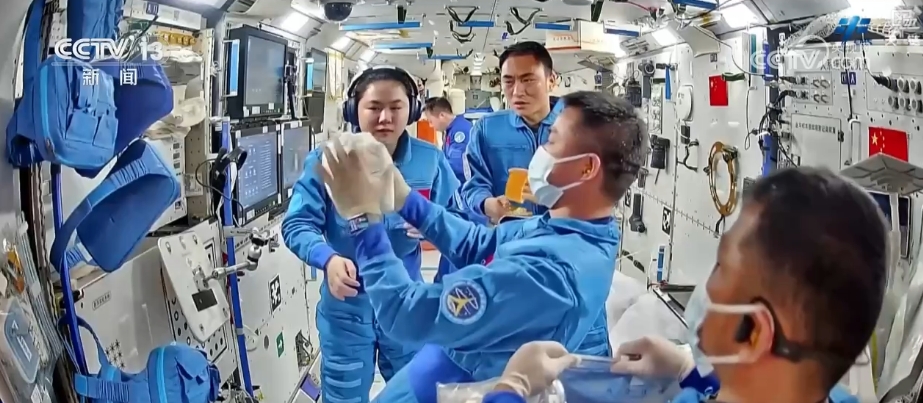
During the orbit rotation, the two crews were fully handed over, including the aircraft's flight status setting, the status of on-orbit materials and management and use, and the progress of continuity work. The Twenty-Two Crew Group of God assisted the Twenty-Two Crew Group of God to organize, pack and transfer downstream items, and after the Twenty-Two Crew Group of God to evacuate, it completed the restoration of relevant areas, equipment status and material sorting and resetting. New protection is added to the hatch door to reduce the impact of micro space debris
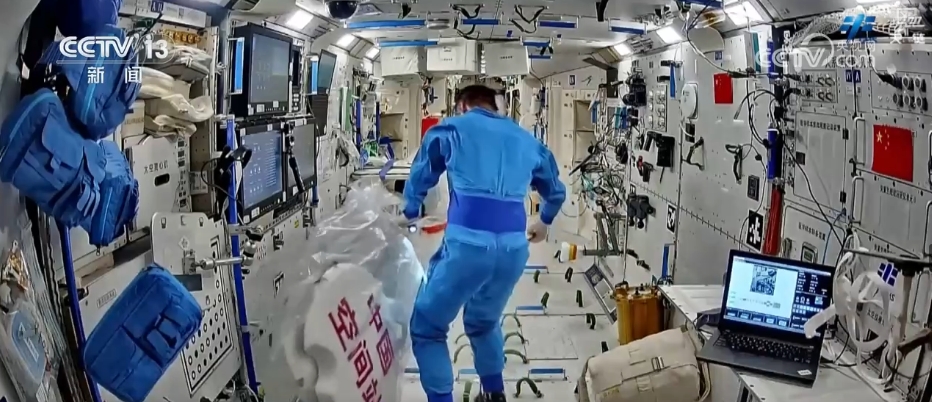
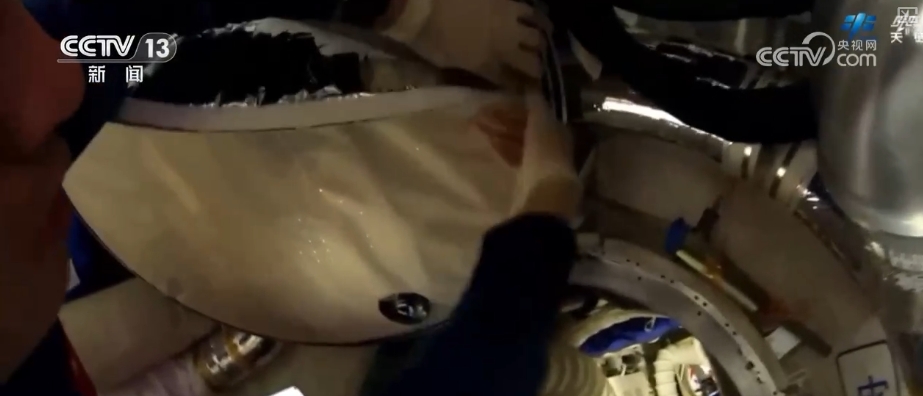
Recently, the Shen Twenty Crew Group completed the on-rail installation of the radial hatch door space debris protection device of the core cabin node cabin, reducing the adverse impact of tiny space debris impact on the hatch door through physical protection.
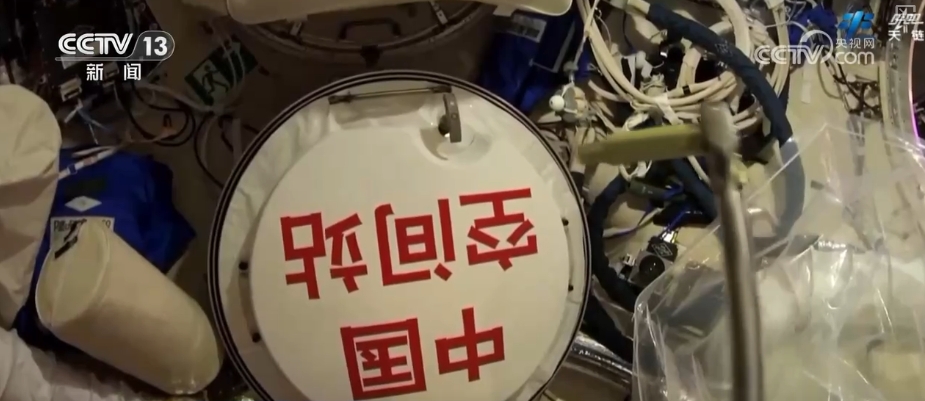
Previously, the core cabin forward and rear hatch related devices have been installed. In the video footage of Shenzhou 19 evacuating the space station, we can see the eye-catching red "China Space Station" logo on the hatch door. Inspection and maintenance of equipment in the site, transfer and sort out upward materials
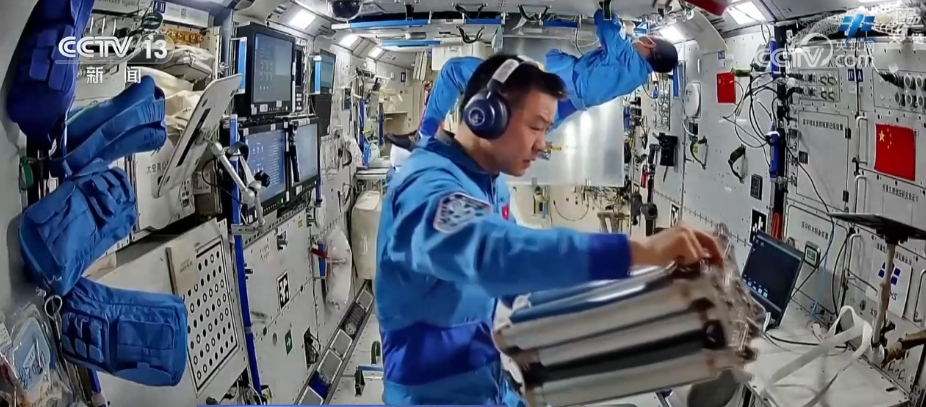
In terms of equipment inspection and maintenance on the site, the crew completed the maintenance of equipment and component replacement of related devices such as regeneration and regeneration maintenance systems, drinking water distributors, space treadmills and other related devices. In terms of station management, the crew carried out cleaning of the cabin environment, transfer and sorting of upstream materials. The crew carried out the first medical rescue in-orbit training
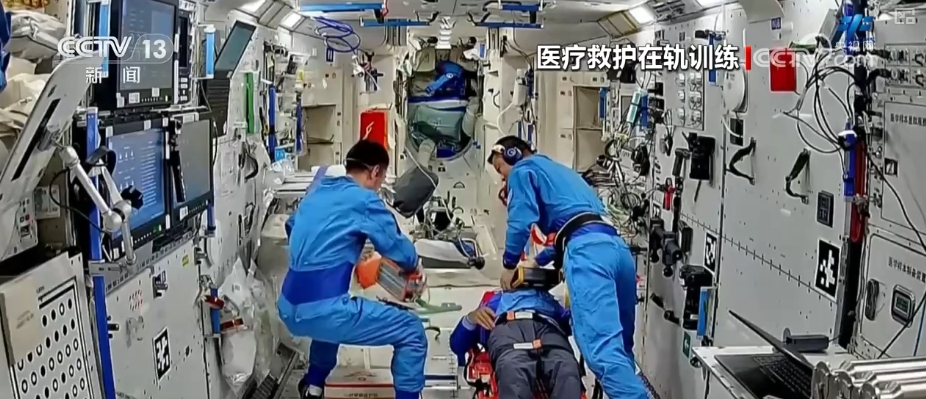
The crew carried out the first medical rescue in-orbit training as planned. Through training, feel the differences in the world and be familiar with the rescue operation methods, force application characteristics, etc. in microgravity environments. Carry out a number of medical examinations and conduct regular weightless protection exercises
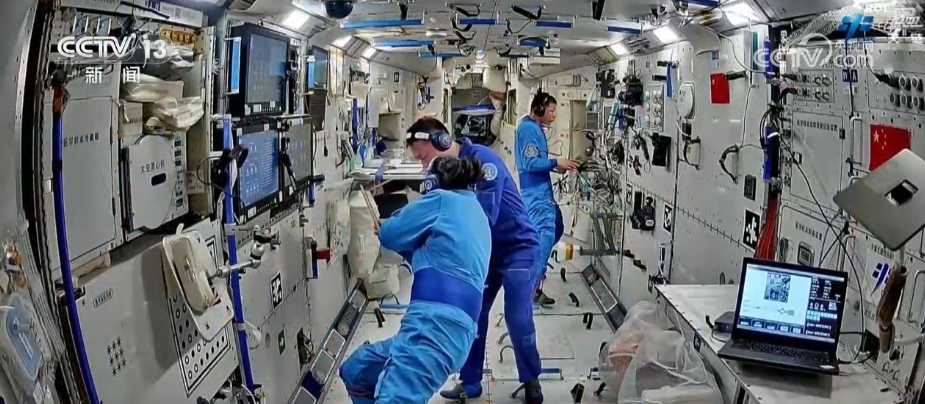
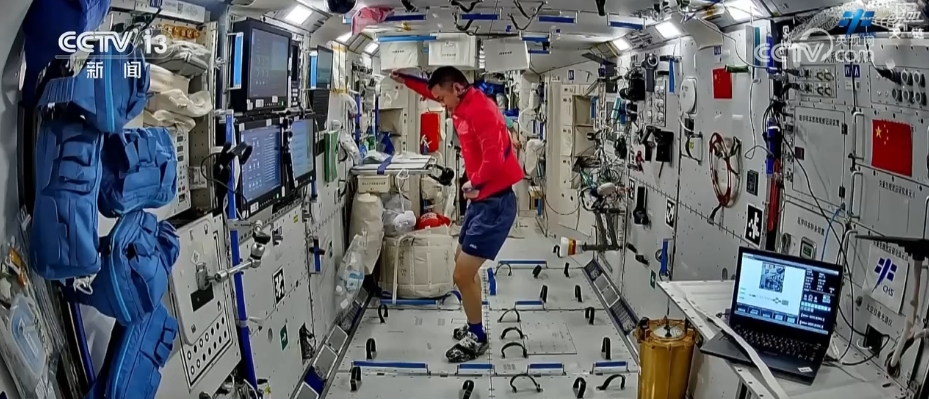
The crew also conducted a number of medical examinations such as hearing tests, ultrasound examinations, electrocardiovascular blood pressure monitoring, and conducted regular weightless protection exercises. In the past half a month in the track, the Shen Twenty Crew Group has been in good physical and mental state and has been progressing smoothly. Various space science experimental projects are being promoted as planned
During the Shenzhou 20 crew, various space science practical (trial) experimental projects are being promoted in an orderly manner according to the plan.
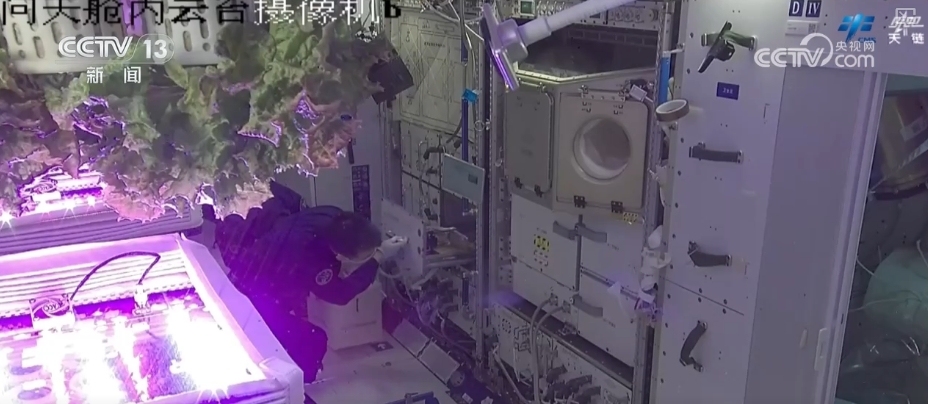
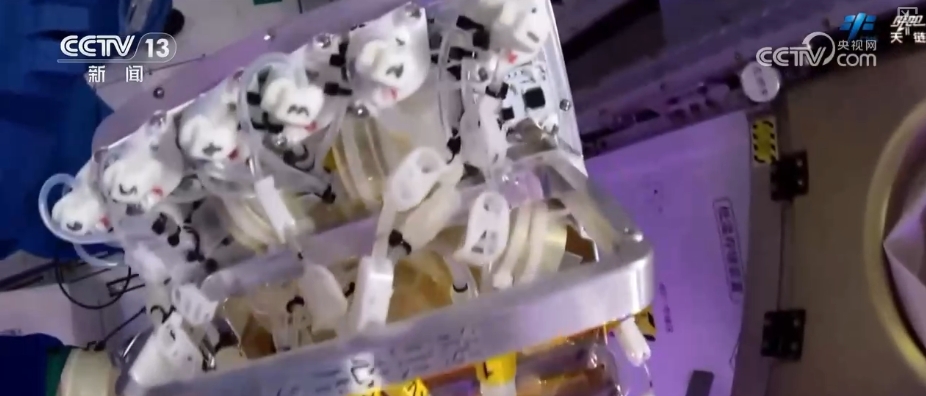
In the field of space life sciences, "The impact of space microgravity and radiation environment on planaris regeneration and mechanism of action" is the first planaris space regeneration experiment carried out in China. Using the small general biological culture module of the Life Ecology Experiment Cabinet, we will study the specific impact of the spatial environment on the regeneration morphogenesis and physiological behavior of planarians, so that scientific researchers can further understand the basic mechanism of regeneration from the individual level.
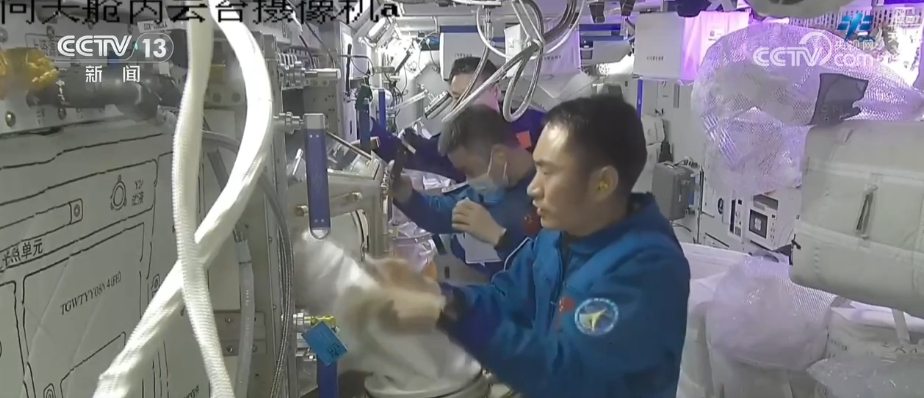
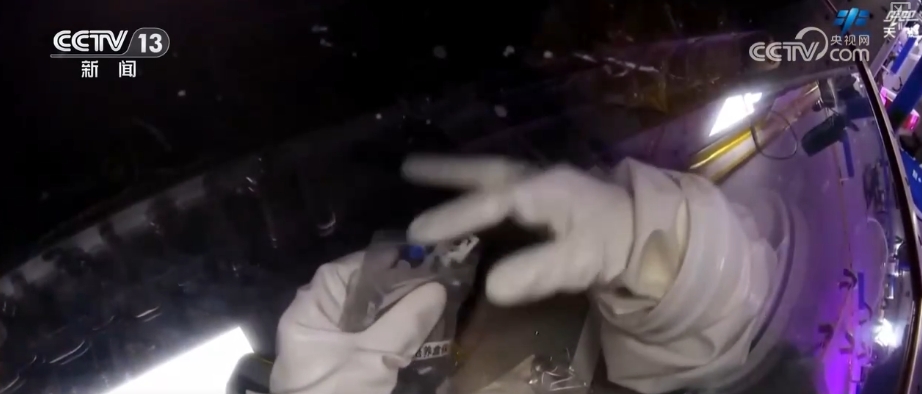
In the Wentian Experimental Cabin, the Shen Twenty Crew Group observed the samples in the biotechnology experimental cabinet and completed the collection of solid culture samples using a scientific glove box. The relevant data and downlink samples obtained will help scientific researchers conduct research on the microbial effect mechanism of cell tissue culture module.
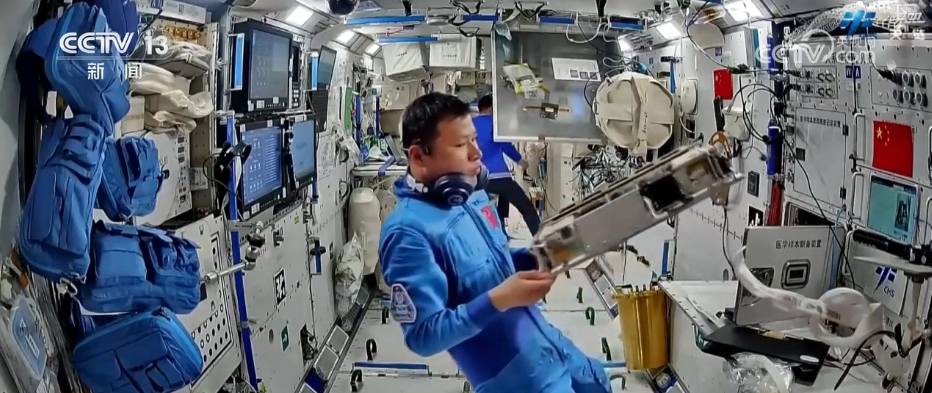
In the field of aerospace medicine experiments, the Shen Twenty-Cross Group transported the upward cell experimental unit to the medical sample preparation device of the human system research cabinet for culture. And manually observe, recover and preserve samples regularly to support scientific researchers in conducting research on the impact of cell growth, differentiation and function in microgravity environments.
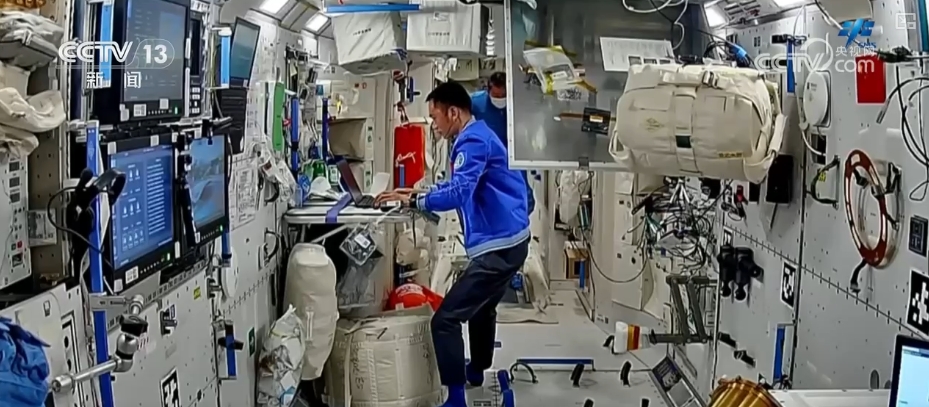
In addition, astronauts used computers and visual motion testing software to conduct related behavioral tests for visual motion processing experiments.